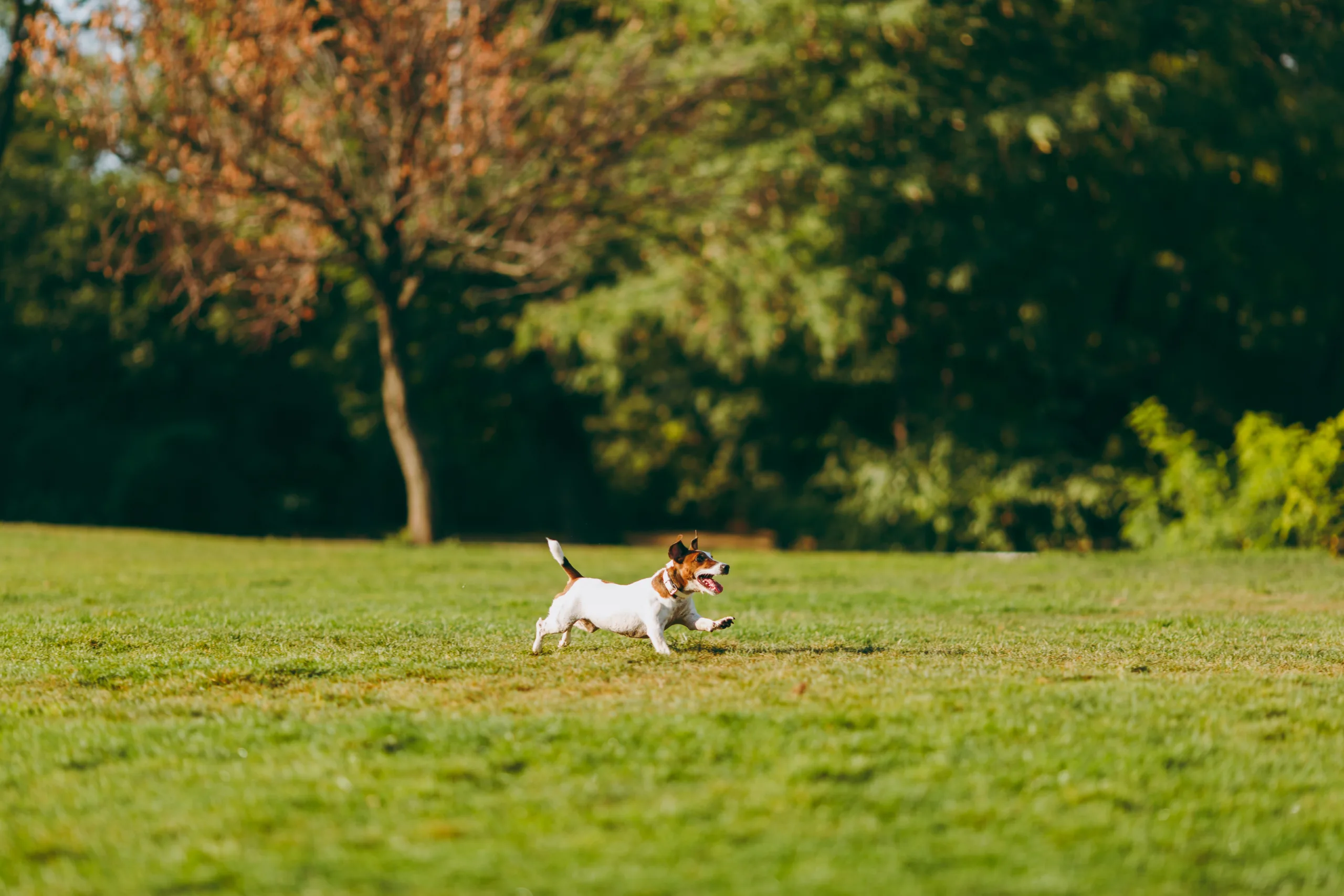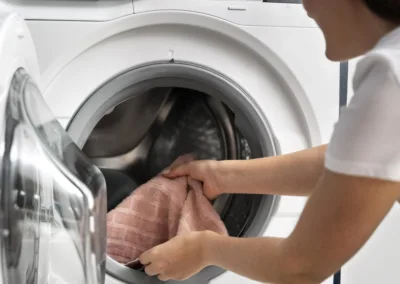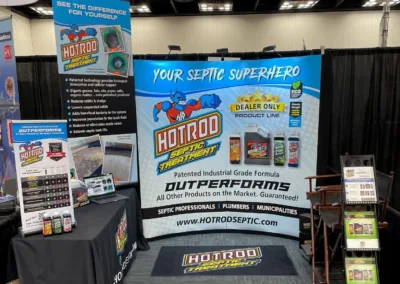In this blog post, we’ll explore the challenges that pet owners with septic systems can face and give you some tips on how to find the perfect balance between keeping your pets happy and maintaining a healthy septic system.
The Impact of Pet Waste
One thing a lot of people don’t realize is just how different pet waste and human waste are. If a pet has an accident indoors, or uses an indoor bathroom system, you might think flushing their waste down the toilet is an easy and convenient means of disposal. In reality though, pet waste is drastically different from human waste, containing harmful bacteria and pathogens that can disrupt your septic system’s natural balance. Responsible pet ownership includes being mindful of where your pets relieve themselves and how you’re disposing of the waste. Avoid allowing them to use the septic drain field as their personal restroom, pick up after them when they go outside and use pet bags to dispose of waste and don’t flush pet waste down the toilet.
Mindful Flushing
Besides pet waste, be cautious about what you flush down the toilet. Certain pet-related products, like kitty litter or dog waste bags labeled as “flushable,” should not be flushed into your septic system. Septic systems aren’t made to break down these products, so flushing them leads to blockages in your system and disrupts the natural balance of your septic tank. When using pet-related cleaning products or grooming products, choose pet-friendly, biodegradable options to prevent disruptive chemicals getting into the tank.
Educating Your Household and Visitors
It’s a good idea to educate your family members and any visitors about how to properly dispose of pet waste on your property. Encourage everyone to use designated areas for pet waste disposal, away from the septic system. Responsible pet waste management is a shared responsibility for anyone at your home.
Protect Your Septic System
If you have a particularly rowdy or active pet, installing barriers or fencing to keep your pets away from the septic system area is a good idea. This will help prevent accidental damage caused by digging or pawing in the drainfield or near the septic tank. Scheduling more frequent inspections is also something to consider, a professional inspection will identify any damage or warning signs caused by pet-related activities.
Being a pet owner is awesome, but when you also have a septic system, it comes with even more responsibilities. By understanding how having pets might interfere with your septic system and taking proactive measures to address potential issues, you’ll ensure a happy and healthy home for your beloved pets and the rest of your family, while maintaining the longevity and health of your septic system. Remember, a little extra effort in pet waste management can go a long way in preserving the well-being of your septic system and the environment!



